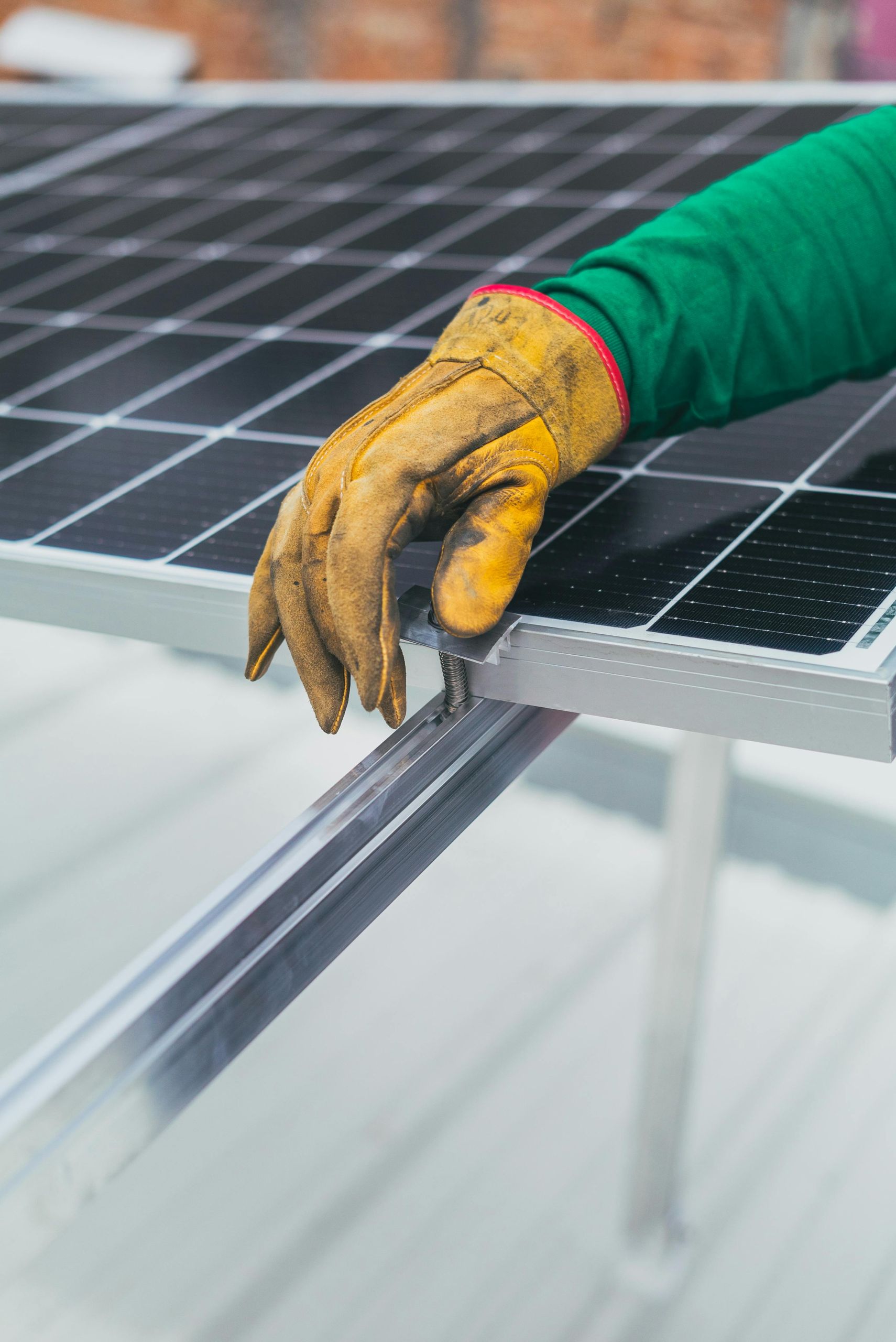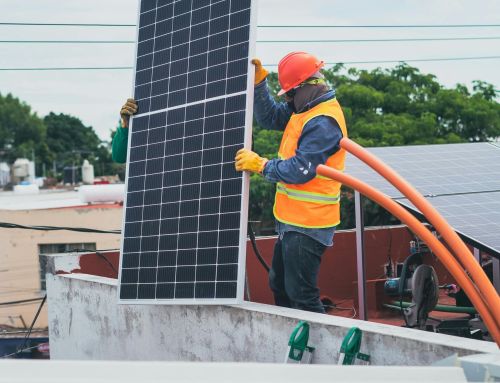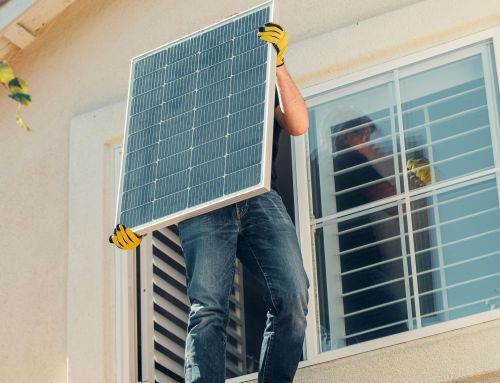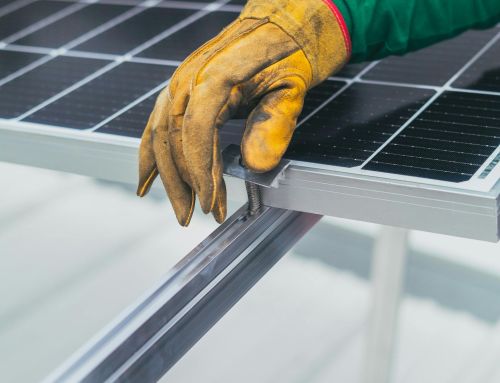Picture this: you’re going through the bills for your commercial building, and the high cost of electricity hits you again. It can feel like a constant drain on your business. But what if you could use solar power to cut those energy bills?
Solar panels are becoming a popular choice for businesses because they provide clean, renewable energy and help reduce reliance on the grid. But before you imagine covering your roof with panels, you might be wondering: how many solar panels does it take to power a commercial building?
It’s not as simple as adding a few panels, but don’t worry! This guide will help you figure out how many solar panels your business needs, so you can start saving with solar energy.
How Many Solar Panels Do You Need to Power a House? A Helpful Analogy
Before we dive into the specifics of commercial buildings, let’s use a familiar example – your home. The average number of solar panels to power a house in New Zealand can vary depending on factors like household size, energy usage, and sunlight hours.
A typical home might require anywhere from 10 to 20 panels to generate enough electricity to cover a significant portion of its energy needs.
This analogy helps illustrate the key principle – the number of solar panels needed is directly related to your energy consumption. The more energy your building uses, the more panels you’ll likely need.
Factors Affecting the Number of Solar Panels Needed for Your Commercial Building
Now, let’s get in on the specifics of commercial buildings. Here are the key factors that will influence the number of solar panels needed to power your commercial building:
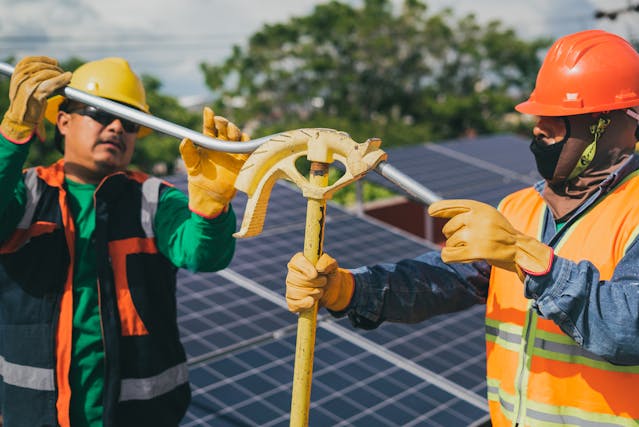
Building size
Larger buildings naturally require more energy to power lights, appliances, and HVAC systems. This translates to a need for more solar panels to generate sufficient electricity.
Energy consumption
This is the big one! Understanding your business’s typical energy usage is crucial. Analyse your electricity bills to determine your average daily or monthly kilowatt-hour (kWh) consumption. This will give you a solid baseline for calculating the required solar panel capacity.
Sun exposure
Just like plants need sunlight to thrive, so do solar panels! The amount of direct sunlight your roof receives throughout the year plays a significant role. Buildings in Auckland, for instance, benefit from a generous amount of sunshine, making them ideal candidates for solar power generation.
Roof size and type
Your roof is the stage where your solar panel performance plays out. The available roof space on your building will dictate how many panels you can realistically install. Additionally, the type of roof (flat, pitched, etc.) will influence the installation process and may require specific mounting solutions.
Energy efficiency
Before diving into solar, consider ways to improve your building’s overall energy efficiency. Upgrading to LED lighting, implementing smart controls for heating and cooling, and reducing standby power consumption for electronics can significantly lower your energy needs. This, in turn, can reduce the number of solar panels needed to achieve your desired energy coverage.
Desired energy coverage
How much of your building’s energy needs do you want to offset with solar power? Do you aim for partial coverage or a net-zero approach where your solar generation balances your energy consumption? Your target coverage will influence the number of solar panels required.
Beyond the Numbers: Additional Considerations
While calculating the number of solar panels needed is important, there are a few additional considerations for a successful commercial solar installation:

System design and installation
Partnering with a reputable solar installer is crucial. They will conduct a thorough site assessment, analyse your energy needs, design an optimised solar system, and handle the installation process with expertise.
Solar panel type and efficiency
There are various types of solar panels available, each with varying efficiency rates. Higher efficiency panels might require fewer panels overall but may come with a higher upfront cost. Your installer can help you choose the most suitable option based on your budget and goals.
Financial incentives
The good news? Going solar can be financially rewarding! Government rebates and other financial incentives can significantly reduce the upfront cost of a solar system. Research available grants and programs in your area to maximise your savings.
Maintenance and monitoring
Solar panels require minimal maintenance, but routine cleaning and performance monitoring are essential. Consider using a solar monitoring system to track your system’s output and identify any potential issues.
Grid connection
Most commercial solar installations are grid-connected, meaning they can export excess electricity back to the grid for credits. However, the grid connection process and regulations vary depending on your location. Consult with your electricity provider to understand the specific requirements in your area.
Battery storage
While not always necessary, battery storage systems can be beneficial for storing excess solar energy generated during the day for use during peak demand periods or at night. This can help reduce your reliance on the grid and potentially lower your electricity bills.
A Final Word: Powering Your Business with Solar
Installing solar panels on your commercial building can be a rewarding investment. By carefully considering the number of solar panels needed to power your commercial building and the factors that influence your energy requirements, you can design a solar system that aligns with your business goals and helps you reduce your carbon footprint.
Remember, the transition to solar power is a long-term investment. While the upfront costs may be significant, the potential savings on electricity bills and the environmental benefits can make it a worthwhile endeavour.
Here at Prolectrix.co.nz, we understand the importance of harnessing the power of the sun for your commercial building. Our team of experts can guide you through the entire process, from assessing your energy needs to designing and installing a customised solar system that meets your specific requirements.
Conclusion
The future of energy is bright, and solar power is leading the way. By embracing solar energy, you’re not just reducing your carbon footprint; you’re also taking a proactive step towards a more sustainable and cost-effective future for your business. So, let’s tap into solar power and light the way to a brighter future!

